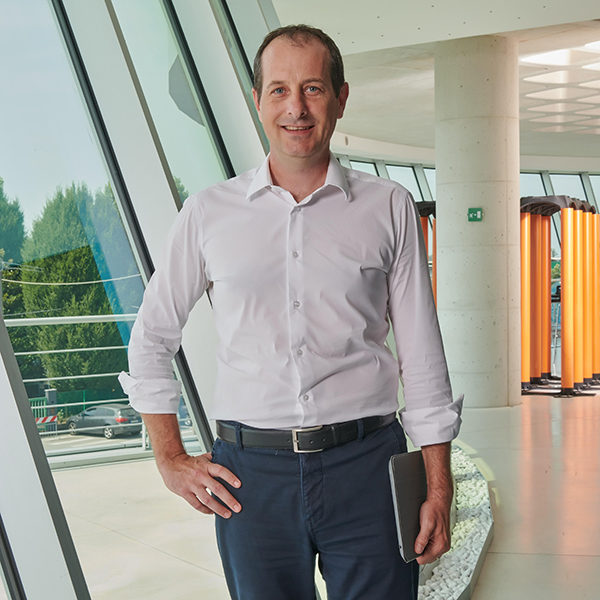How can Geoplast reduce climate change by 2030
by Nikola Tosic, 9 October 2018

On Monday, 8th October 2018, UNEP released the Special Report on Global Warming of 1.5°C approved by the Intergovernmental Panel on Climate Change last weekend in Incheon, Republic of Korea. The report states that the “Global net human-caused emissions of carbon dioxide (CO2) would need to fall by about 45% from 2010 levels by 2030, reaching ‘net zero’ around 2050.
This means that any remaining emissions would need to be balanced by removing CO2 from the air”. The construction industry is surely one of the contributors to the increase of CO2 emissions. EDGAR database provides data that clearly states that the biggest impact on climate change has the Energy sector that includes emissions that are inclusive of public heat and electricity production, other energy industries, fugitive emissions from solid fuels, oil and gas, manufacturing industries and construction.
The construction industry is contributing to the increase of CO2 through:
– Concrete production,
– Transport of material,
– Energy use in construction,
– Energy used by buildings.
In order to help slow down climate change the construction industry can:
– Lower concrete use,
– Use recycled concrete,
– Lower material use so less transport is used,
– Lower construction complexity so less energy is used,
– Increase the energy efficiency of current and new buildings.
The UN is clearly warning us that time is running out and that our actions today are critical in ensuring a safe and sustainable future for everyone. The closer we are to these milestones the more effort we will need to make. It is important to first understand that the technologies to lower CO2 levels and reverse climate change are readily available. What is needed now is the global motivation to use these green technologies.
How Geoplast products and solutions that reverse climate change
Geoplast develops products and solutions that reduce the effects of climate change:
FOUNDATIONS
– Reduced concrete use,
– Reduced transport use,
– Improved energy use,
– Use of recycled plastics.
FORMWORKS
– Reduced transport and machinery use,
– Reusable, thus reducing material use,
– Use of recycled plastics.
SLABS
– Reduced concrete use,
– Reduced transport use,
– Use of recycled plastics.
GREEN
– Improved green which reduces CO2,
– Improved energy use,
– Improved natural water management, which reduces construction and machinery use,
– Use of recycled plastics.
WATER
– Improved natural water management, which reduces construction and machinery use,
– Use of recycled plastics.
SPORT
– Reduced concrete use,
– Reduced machinery use,
– Use of recycled plastics.
ENVIRONMENT
– Use of recycled plastics.
For more information on how our products and solutions reduce climate change please contact our expert below.
